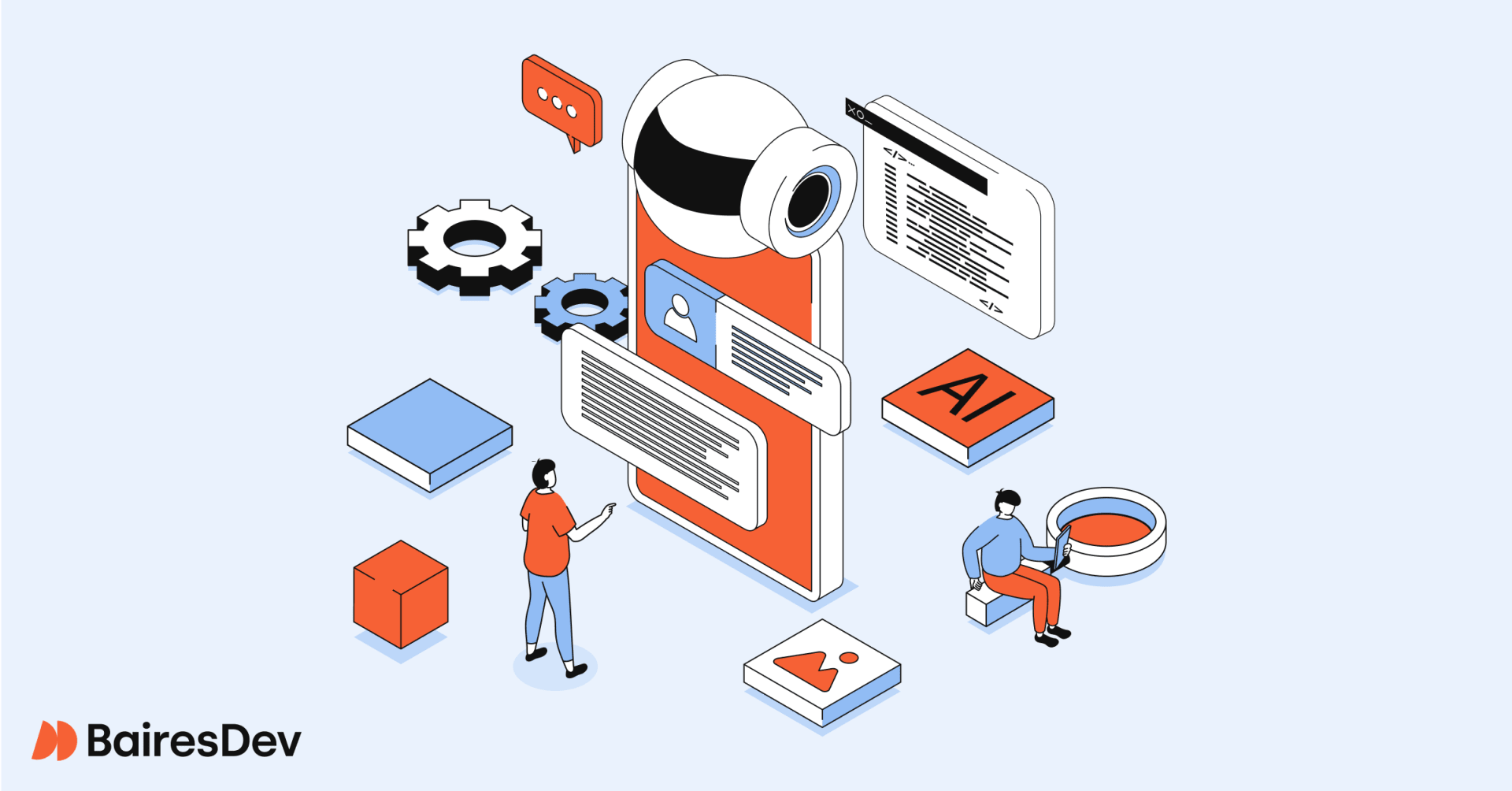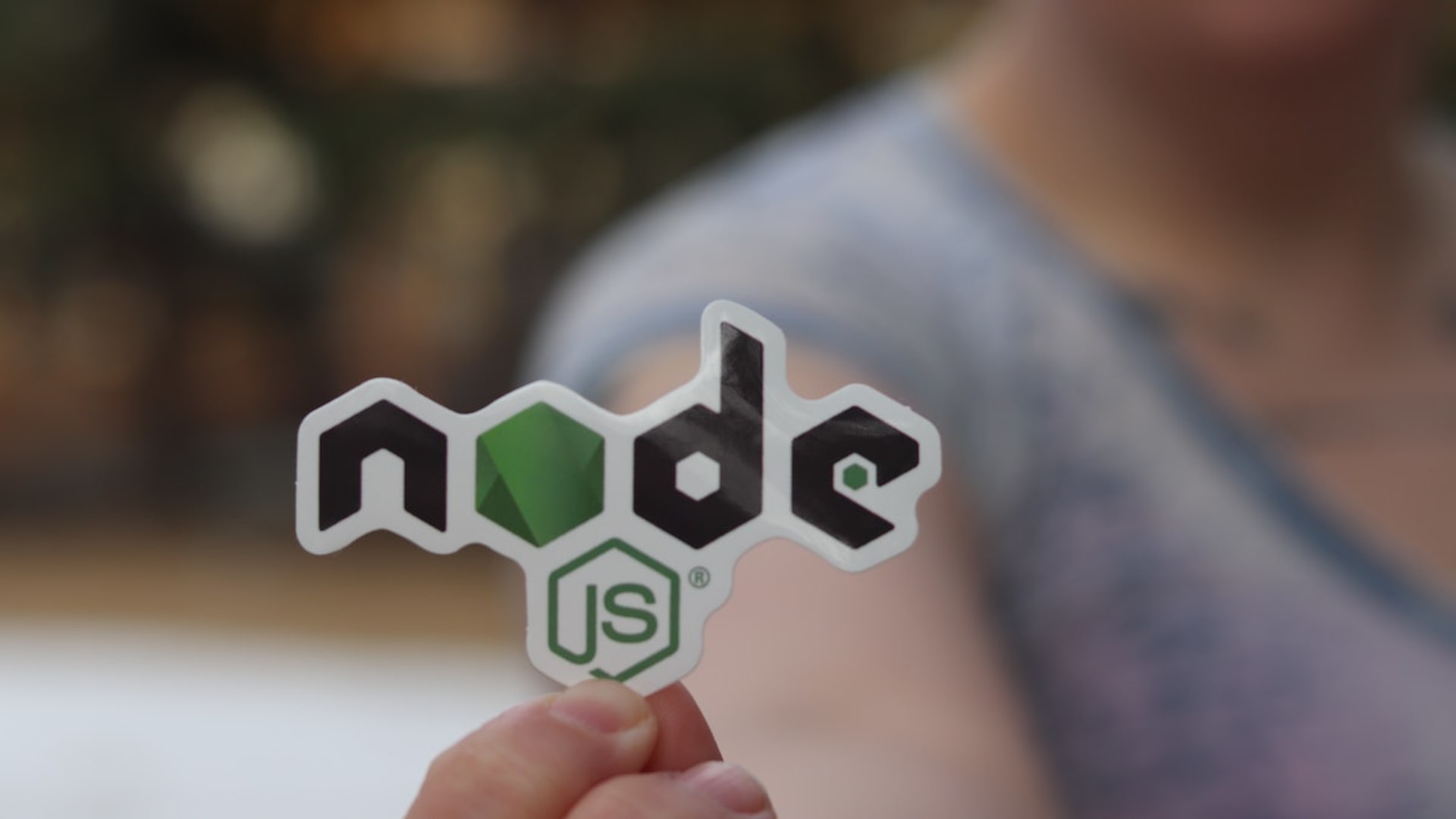ChatGPT is an AI chatbot that uses the Generative Pre-trained Transformer 3 (GPT-3) language model, which was created by OpenAI to generate human-like text. According to an article published by Brand Minds, OpenAI is “an AI research and development company, governed by a nonprofit board, with investments from Microsoft, LinkedIn co-founder Reid Hoffman’s charitable foundation, and others. OpenAI’s mission is to ensure that artificial general intelligence benefits all humanity.”
According to technology expert Bernard Marr, writing for Forbes, “[ChatGPT] is designed to generate natural language responses when given input from a user—making it potentially useful in a variety of business applications where human-like conversation with customers or clients is desirable.” ChatGPT can generate articles, screenplays, song lyrics, letters, resumes, contracts, stories, social media posts, webinar or video scripts, code, technical documentation, and more.
There has been a lot of excitement around ChatGPT and its potential. But what does its availability truly mean for your business? While every company will have its own uses for ChatGPT, it has the potential to be a universal game-changer. Given that it is available for a low cost yet can impact every aspect of a business, there’s no reason organizations shouldn’t at least try it out to see how it can improve their operations. In the following sections, we discuss its various uses, advantages, and disadvantages to be aware of and similar tools to try.

Uses
As an AI chatbot that’s been trained with information from across the internet, ChatGPT can serve a variety of business purposes.
Marketing
According to a recent blog post published by AI provider Addepto, “Content marketers can use the language model to generate marketing content such as product descriptions and email newsletters. As a machine learning model, ChatGPT can learn the style and tone of a business’s marketing materials and generate new content that is consistent with the business’s brand and voice.”
However, ChatGPT isn’t perfect and shouldn’t be relied on for usable content. The Addepto blog post states that the AI is known for “being excessively wordy, overusing certain phrases, and providing the same response to multiple users for the same query, thus lacking personalization.” You can address these limitations by providing context and carefully reviewing ChatGPT-generated content. Additionally, you must learn the right questions to ask; this is similar to the way that using different search term phrases in search engines can elicit better or worse results.
You can also use ChatGPT to come up with initial ideas for content. A ChatGPT query could be, “Give me 15 ideas for articles about marketing with AI tools.” Another small but important task is generating possible titles for content you develop. As with the article topic ideas, you might not end up using any of them but could get ideas based on them. You can also use the chatbot to shorten text for platforms with word or character limits.
Finally, with all marketing uses, you must take care that the materials generated by ChatGPT fulfill one of the primary functions of promotional content—being engaging and relevant to your customers and prospects. While the AI may be able to put together facts that match a query, those facts may not add up to something interesting for readers. Content creators should always review AI-generated text and, if needed, imbue it with context, warmth, and humor (in other words, the human touch).
Customer Care
You can use ChatGPT to generate responses to use in your own chatbots. Doing so increases the effectiveness of those chatbots, automating many tasks traditionally performed by humans. This process has the potential to improve customer care, especially given that most consumers don’t mind being helped by a chatbot as long as it is able to address their needs.
You can also use ChatGPT to serve customers more proactively by gathering data and developing insights about customer preferences. This information can guide product and service development to best meet customer needs.
Project Management
You can use ChatGPT to help with project and time management, as follows:
- Manage task lists
- Assign tasks to team members
- Track deadlines and monitor progress
- Get detailed reports
- Get reminders for upcoming deadlines and events
- Keep materials related to a project all in one place
- Get suggestions for how to improve your processes
Hiring
To help with the onerous tasks associated with hiring, you can use ChatGPT to do things like evaluate resumes to determine if applicants have relevant experience.
Once you have hired new employees, ChatGPT can take over some of the training processes as well, cutting back on the hours your employees must spend on this effort. It can help you develop training materials and provide a platform for you to deliver them. It can help you create assignments, quizzes, and tests that will make learning more targeted. And it can help you track employee progress to ensure they are retaining the information you are sharing.
Other Tasks
ChatGPT can also be used for research, coding, and translation.
- Research. You can use ChatGPT to perform research on any topic. However, you should always use other sources to fact-check information gleaned from the chatbot.
- Coding. To use the model in their applications, developers must sign up with OpenAI for an API key.
- Translation. ChatGPT can translate between languages but lacks contextual, cultural, and linguistic knowledge, so translations may not be entirely accurate.
Benefits
Think of ChatGPT as a supercharged search engine. While it cannot perform all tasks or replace all workers, it can be highly beneficial as a tool in many parts of your business.
Increased Productivity
Humans can only be productive for a limited time each day, while machines and computers don’t need sleep or breaks. Therefore, using such tools for mundane tasks, such as report generation, accomplishes two things. It enables those tasks to be completed faster and more accurately, and it enables humans to spend more time on higher-level functions, such as planning and strategy, that can propel the business forward.
The Addepto blog post notes that within customer care specifically, “ChatGPT can…handle a large volume of customer requests simultaneously, thus allowing businesses to scale their customer service operations without necessarily having to add additional staff.”
Increased Loyalty
With better chatbot responses, customers are likelier to have their queries addressed quickly and accurately, leading to an improved customer experience (CX) and increased loyalty. More loyalty translates to many business benefits, including more visits per customer, higher spend per visit, positive reviews, and referrals to family, friends, and coworkers.
Reduced Costs
Because ChatGPT can take over some of the functionality traditionally performed by humans, your business can save money. For example, ChatGPT can be used to evaluate candidates, so you may be able to avoid hiring an outside recruiter. At the very least, you’ll save time on the process. As another example, ChatGPT can take over tasks performed by marketing and creative professionals, enabling you to reduce the number of these employees as well. Similar economies can be gleaned as you find more ways to use the chatbot.
Scalability
The use of ChatGPT and other AI chatbots could be a great way to grow your business on a limited budget. As the use of these chatbots enables you to scale back on staff for certain functions, you can use the money you save to do things like buy or rent a larger office or store, hire experts for specialized roles, purchase equipment, enable sales people to do more in-depth research on prospects, or boost your marketing budget to plan additional campaigns to attract more customers.
Drawbacks
The use of ChatGPT does come with some drawbacks. While they may be of concern, these elements should not be a barrier to use. As when using other tools, professionals must keep these disadvantages in mind, find workarounds when needed, and not rely on the chatbot to the exclusion of common sense.
Limitations
ChatGPT is useful but not perfect, a fact that OpenAI acknowledges. Challenges include the potential for it to generate incorrect or biased information. It doesn’t know about events or knowledge that occurred after 2021, which is when it was trained. It may generate responses that are inappropriate or out of context. And, lacking emotional intelligence, it may offer responses that are insensitive, a trait that can be particularly harmful when used in customer care.
Privacy Concerns
As with any internet-based service, ChatGPT is vulnerable to cyber attacks, meaning it could be used to spread malware or viruses. Additionally, cybercriminals could trick users into revealing personal information that could be employed for fraudulent purposes.
Ethical Concerns
A recent New York Times article brings up a higher-level issue related to all AI-based tools. The author states, “I think I know why artificial intelligence is breaking our all-too-human brains. It’s coming at us too fast. We don’t understand what’s happening inside the black boxes of A.I., and what we don’t understand, we understandably fear.” The article points out that things are happening so quickly that lawmakers and regulators can’t keep up with creating ways to protect the public.
Even technology experts are taken aback by developments that were expected to appear ten years from now. The article presents two possible responses to this sense of overwhelment—to “slam on the brakes” and take a step back to consider and address possible dangers, or to keep going full-steam ahead and address problems as they come up.
Some guardrails have been put in place in the U.S. and other countries. “That’s all to the good,” according to the article, “but regulators and lawmakers will always be on the outside looking in. It’s best if the creators of artificial intelligence take responsibility for doing things right in the first place.” OpenAI, the creator of ChatGPT, is an example of this approach in that it has acknowledged the chatbot’s limitations and is working to address them.
Job Loss
For many years observers have been concerned that the more machines can do, the more jobs that humans do are threatened. Because ChatGPT can automate tasks traditionally performed by humans, it is included in this fear. However, Marr states in the Forbes article, “AI-based chatbots can be used to automate some tasks, but they aren’t capable of many skills that people are great at, like critical thinking, creativity, or strategic decision-making.”
It is true that applications like ChatGPT may reduce the need for customer care and other positions. But this chatbot and others like it are also creating jobs. For example, prompt engineers work to discover inputs that yield useful results. You can already find ads from companies seeking prompt engineers with experience in writing and communication, an understanding of how language models work, creativity, and basic coding and programming skills.
Competition
In a highly competitive business environment, one company’s advantage is another’s disadvantage. But ChatGPT all on its own cannot be used against you any more than the Google search engine or Microsoft Teams can. Each of these tools, which are equally accessible to most businesses, is only as good as what you or your competitors do with it. So, a competitor that is using ChatGPT to win business is only doing so because they have found effective ways to put it to use.
Comparison to Other AI Tools
ChatGPT is multifunctional and can perform a variety of tasks, including writing and research. Other AI chatbots that have recently been introduced specialize in some of those tasks.
Lensa AI is an AI image tool that can do things like create artistic renditions of photos. In a recent article, Entrepreneur states, “While it performs all the basic functions of a standard photo editing app (removing objects from photos, retouching blemishes, blurring backgrounds, adding filters, etc.), Lensa has differentiated itself by incorporating AI art generation.” Businesses can use this tool to enhance visual content, such as photos and drawings.
DALL-E is another image tool that can be used by anyone, including artists, content developers, and authors. In addition to creating images, it can be deployed to create bigger versions of existing images. DALL-E, created by OpenAI, the same company that offers ChatGPT, is currently being tested and will soon be offered to developers and businesses. Like ChatGPT, its output is based on textual user prompts.
Jasper is a writing tool that can be used to develop content such as email messages, blog posts, social media posts, and product descriptions. The Entrepreneur article explains, “It’s even possible to drop examples of your writing into Jasper: On-board AI will then analyze your voice and style of writing and emulate it for future content generation.” This learning component is one of the most compelling aspects of tools like Jasper and ChatGPT.
CodeWhisperer, developed by Amazon, helps developers of all skill levels identify and debug code issues. It works with a variety of programming languages and applications, including mobile apps, and integrates with popular development tools and platforms like GitHub. Like other AI tools, it uses advanced machine learning algorithms and natural language processing (NLP) to create detailed reports about code behavior. As with all AI tools, it helps users save time and effort, enabling them to focus on higher-level tasks.
DeepL Translator uses deep learning algorithms to deliver accurate translations. This tool uses neural networks to discern context and meaning, contrary to conventional translation tools, which rely on rule-based systems. This feature helps the tool produce more natural-sounding translations. Supporting up to 31 languages, DeepL is particularly useful for companies with locations in multiple countries.
How to Try ChatGPT
The following video explains how to access ChatGPT.
As of early 2023, users can access ChatGPT for free, but paid subscribers get added benefits. At just $20 per month for a paid subscription, ChatGPT has the potential to be a real game-changer for businesses of all kinds. Beyond the free version, paid subscribers get priority access to the chatbot (even during peak times), faster response times, and first access to new features and improvements. If nothing else, it’s worth the cost to ensure ChatGPT is readily available as you experiment to find out how it can help your business.
To get started, think of some use cases where you need help in your business. Consider what outcomes you would like to see. For example, maybe you want to create weekly reports and perform analysis on them. Ask ChatGPT to help and see what kinds of results you get compared to what you expected. Then move on to other tasks, such as content development, new employee training, or chatbot integration, and check the results against your expectations.
Then evaluate the overall outcomes. Does it make people’s jobs easier? Could it be more helpful if used for longer periods? Can you see the potential for higher-level benefits like decreased costs? Keep in mind that there may not be an easy “yes” or “no” answer. ChatGPT could be useful for some things within your business but not others. Keep experimenting until you find the right balance and feel comfortable having this new tool in your problem-solving toolkit.
If you enjoyed this article, check out one of our other AI articles.
- What You Need to Know About Responsible AI
- Where is Artificial Intelligence Leading Us?
- Write Code Like It’s 2010: Why AI Assistants Create Technical Debt
- Yes, You Can Trust AI. Here Is Why







